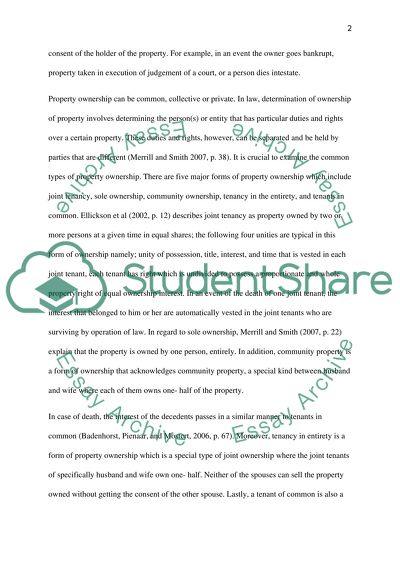Cite this document
(“Property ownership of unmarried couples: KERNOTT V JONES Dissertation”, n.d.)
Retrieved from https://studentshare.org/law/1394437-property-ownership-of-unmarried-couples-kernott-v-jones
Retrieved from https://studentshare.org/law/1394437-property-ownership-of-unmarried-couples-kernott-v-jones
(Property Ownership of Unmarried Couples: KERNOTT V JONES Dissertation)
https://studentshare.org/law/1394437-property-ownership-of-unmarried-couples-kernott-v-jones.
https://studentshare.org/law/1394437-property-ownership-of-unmarried-couples-kernott-v-jones.
“Property Ownership of Unmarried Couples: KERNOTT V JONES Dissertation”, n.d. https://studentshare.org/law/1394437-property-ownership-of-unmarried-couples-kernott-v-jones.


